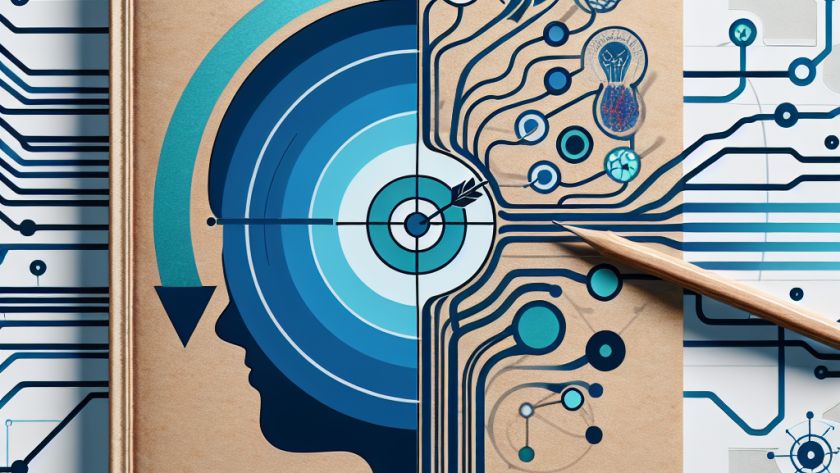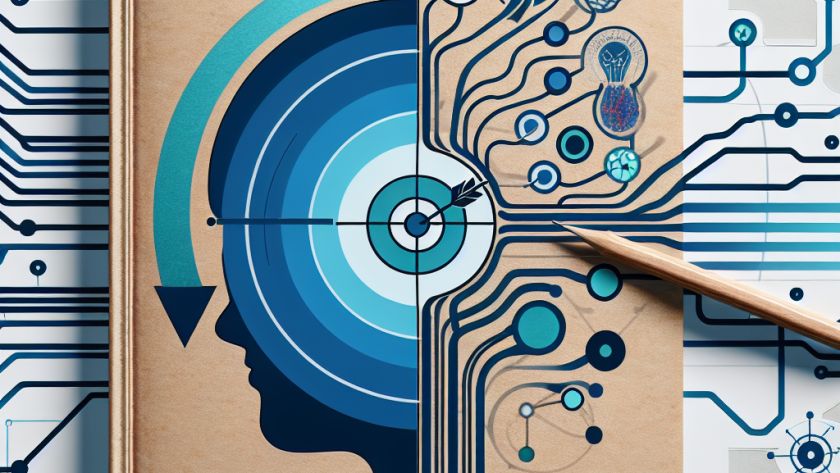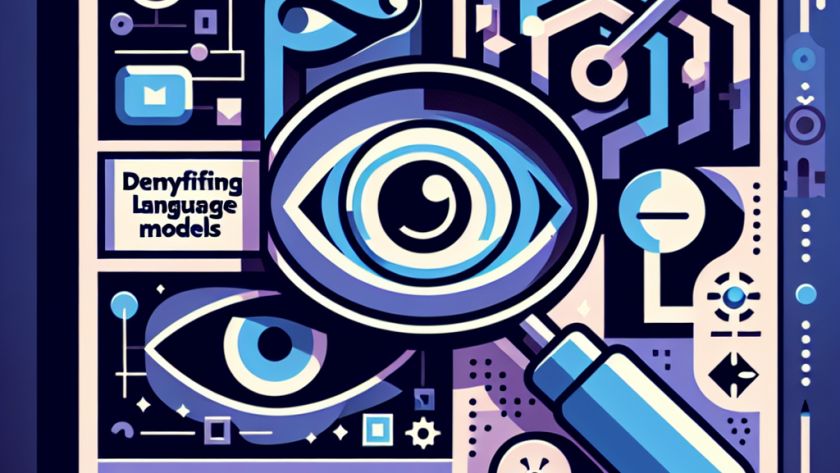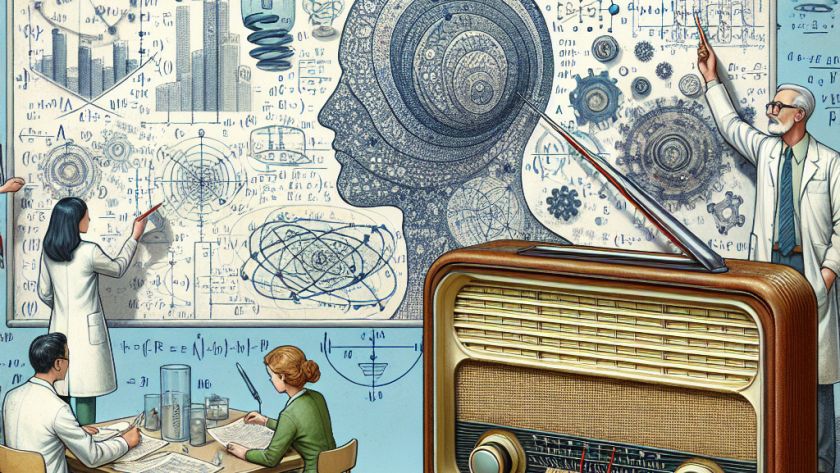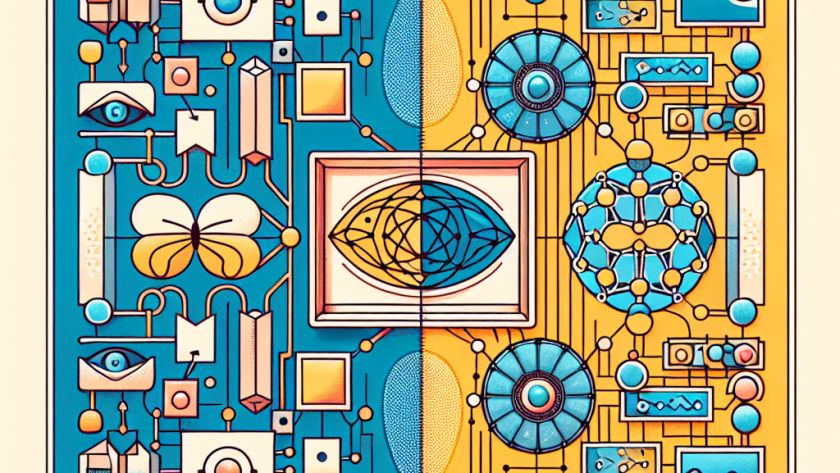Multimodal large language models (MLLMs) are advanced artificial intelligence structures that combine features of language and visual models, increasing their efficiency across a range of tasks. The ability of these models to handle vast different data types marks a significant milestone in AI. However, extensive resource requirements present substantial barriers to their widespread adoption.
Models like…




